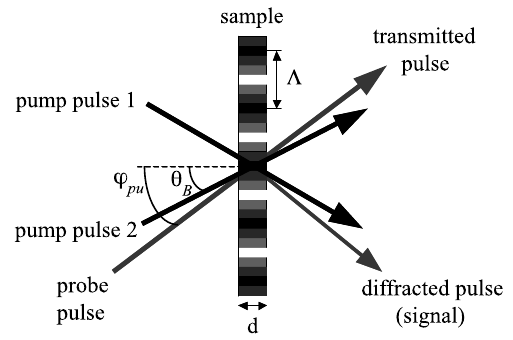The excited-state dynamics of the radical cations of perylene (PE•+), tetracene (TE•+), and thianthrene (TH•+), as well as the radical anions of anthraquinone (AQ•-) and tetracenequinone (TQ•-), formed by γ irradiation in low-temperature matrices (PE•+, TH•+, AQ•-, and TQ•-) or by oxidation in sulfuric acid (PE•+, TE•+, and TH•+) have been investigated using ultrafast pump−probe spectroscopy. The longest ground-state recovery time measured was 100 ps. The excited-state lifetime of PE•+ is substantially longer in low-temperature matrices than in H2SO4, where the effects of perdeuteration and of temperature on the ground-state recovery dynamics indicate that internal conversion is not the major decay channel of PE•+*. The data suggest that both PE•+* and TE•+* decay mainly through an intermolecular quenching process, most probably a reversible charge transfer reaction. Contrarily to AQ•-*, TQ•-* exhibits an emission in the visible which, according to theoretical calculations, occurs from an upper excited state. |




